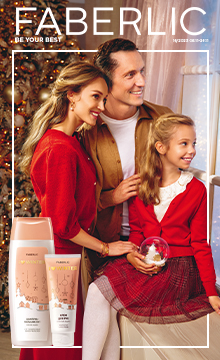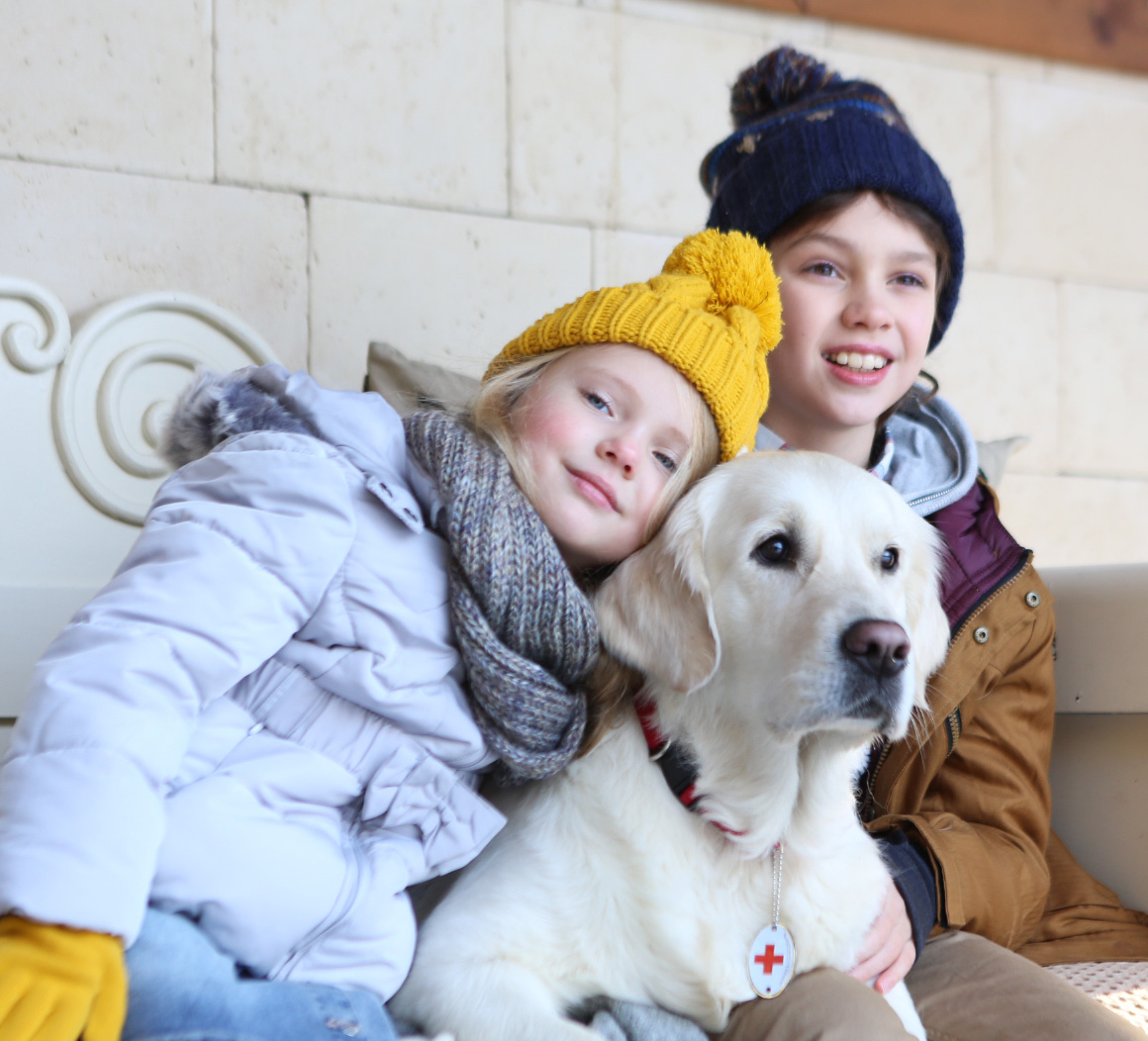 For more than 5 years we have been supporting the Dogs as Assistants foundation, which trains dogs to assist the blind and has created Russia's first therapy dog program for children with special needs.
For more than 5 years we have been supporting the Dogs as Assistants foundation, which trains dogs to assist the blind and has created Russia's first therapy dog program for children with special needs.
Now you can personally contribute to this worthy cause (promotion is currently only valid in Russia). Purchase something from this accessory collection, the proceeds from which will be donated to the training and upkeep of therapy dogs.
Elena Orochko, the foundation's director, told us about how the centre operates and how it helps people.
Faberlic: Elena, what are the goals of the Sunny Dog program?
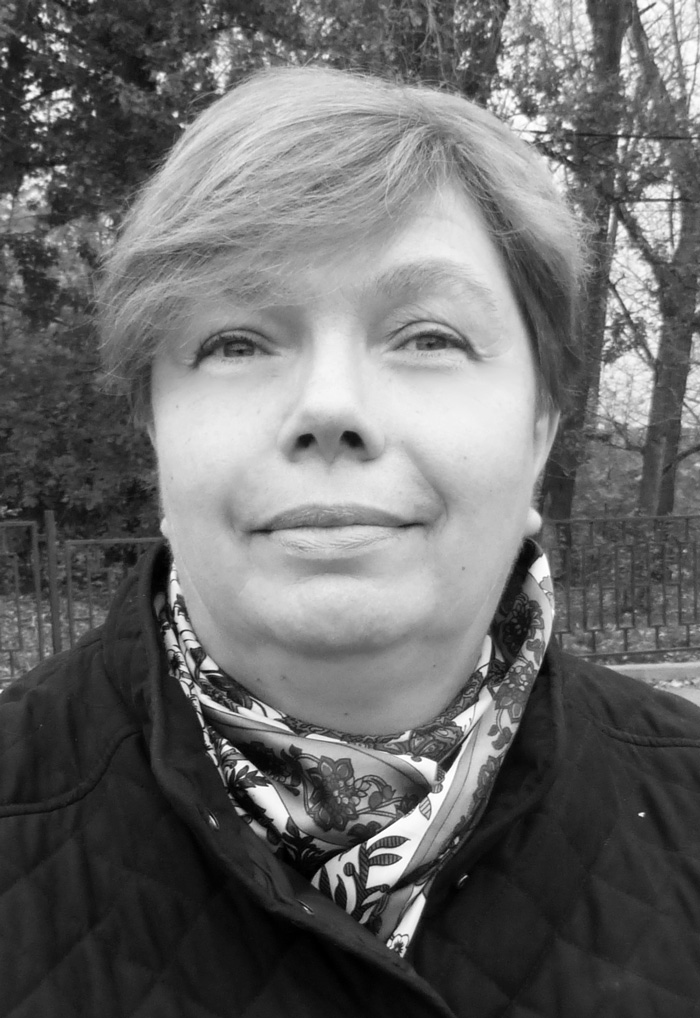 Elena Orochko: We work free of charge with children who have complex diagnoses– from cerebral palsy to intellectual disability– and try to unlock each child's inner potential, freeing it, helping them live in harmony with themselves. It is important for these children to reach certain stages, for example, learning how to focus or how to improve their coordination. Therapy dogs are effective because the child has motivation to communicate with the dog, and it's not external motivation, but internal– a personal reason for contact. The lessons help children who are difficult to communicate with: they do not respond well to people, but are drawn to animals.
Elena Orochko: We work free of charge with children who have complex diagnoses– from cerebral palsy to intellectual disability– and try to unlock each child's inner potential, freeing it, helping them live in harmony with themselves. It is important for these children to reach certain stages, for example, learning how to focus or how to improve their coordination. Therapy dogs are effective because the child has motivation to communicate with the dog, and it's not external motivation, but internal– a personal reason for contact. The lessons help children who are difficult to communicate with: they do not respond well to people, but are drawn to animals.
Faberlic: Is it easier for them to establish contact with animals? And why can't a loving family give the child what a therapy dog gives them?
Elena Orochko: We've noticed that parents tend to be in a social vacuum with their child: society turns away from them, people steer clear, and the close relatives of a disabled child can also start to have psychological problems. And then, no matter how loving the parents, they always have their child's problems at the back of their minds and unconsciously assess his or her condition.
But dogs don't care; they just see a child. The child smells like a human, and pets the dog, so the dog decides the child must be good. The dog can understand the child even better than it can understand the person who gives commands or needs something from them. And the child begins to feel more comfortable and see that the dog perceives everyone the same way, and starts to treat the dog like a parent or teacher.
Faberlic: So, the dogs teach us a lesson: treat everyone equally.
Elena Orochko: Yes, by treating disabled people differently we are putting a barrier in front of them that prevents them from living a normal life, from reaching the next level. Some of a dog's natural impudence can even play a role in therapy. But of course, there is still a lot of work and a lot of special exercises that are necessary for progress.
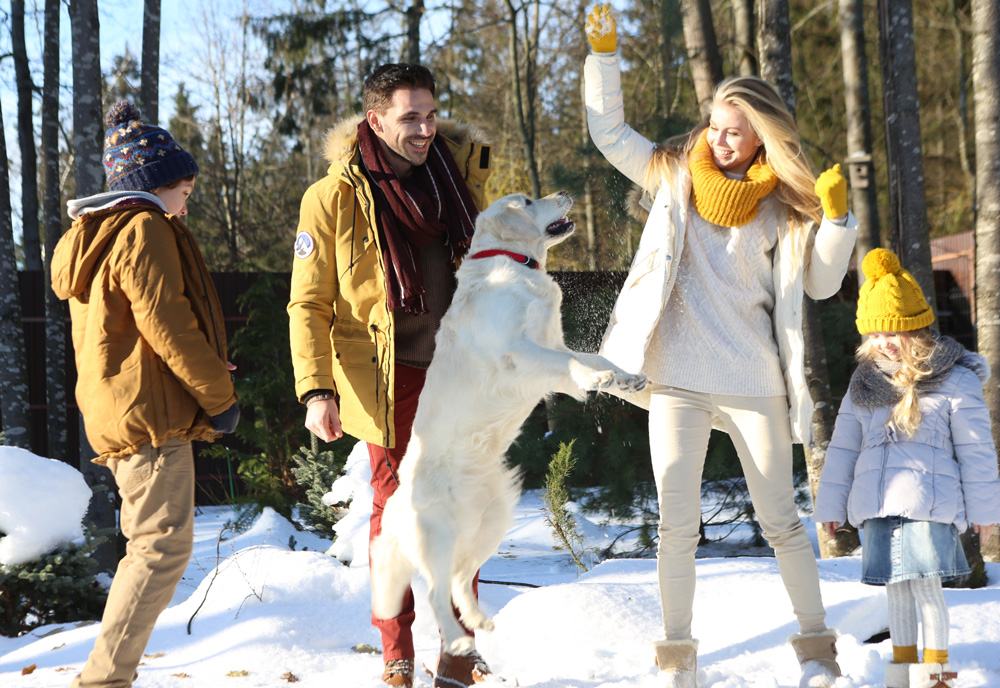
Faberlic: Do you also help parents at your centre?
Elena Orochko: Just the fact that the family comes to us and almost immediately starts a lesson is very important. Rehabilitation services are few and far between, especially free ones. And in all these places you need tons of paperwork, all actions are regulated, and the system is devoid of humanity and interaction. With us, everything is simple: it's almost like you're at home.
We see problems as challenges to overcome, and discuss them freely, without secrecy or taboo. We calmly discuss what you can do to help your child, what you don't need to do, and how to watch for changes. This can bring hope, even though we avoid making false promises. We don't promise anyone a miracle: dogs don't cure illness, and the specialist's task is also to explain the basics of treatment with therapy dogs, including what results can be expected.
Faberlic: What kinds of results do you see, and how long does a course last?
Elena Orochko: It's very individual, and we are far from able to fix every case we see. We have to compare a child to him or herself, not to other children, and then the result is visible. Many children who come to us don't talk at all. After a short time, they start to say single words, and then they start to string words together. The desire to communicate with the dog plays a major role. Even I sometimes can't tell one dog from another, but the children know all of them by name.
We once had a boy brought to us who saw any action directed at him as aggression: he would struggle and bite– he was generally asocial, and had been completely given up on. After the rehabilitation course, he was able to enrol in corrections class, and education and certain medical procedures became available to him. Another child had very restricted movement in his right arm. In our program, he started to work on using the arm: holding a leash, petting a dog. Of course, it didn't make him completely healthy, but these are fundamental changes– he's gotten started!
Results can be miraculous, or they can be so small that they're only noticeable to the parents. But all progress is very important. The children are developing, they're getting opportunities in life that they never had before. The number of classes can also vary– from several months to several years. Some kids stay with us almost their entire childhood, until they're grown up.
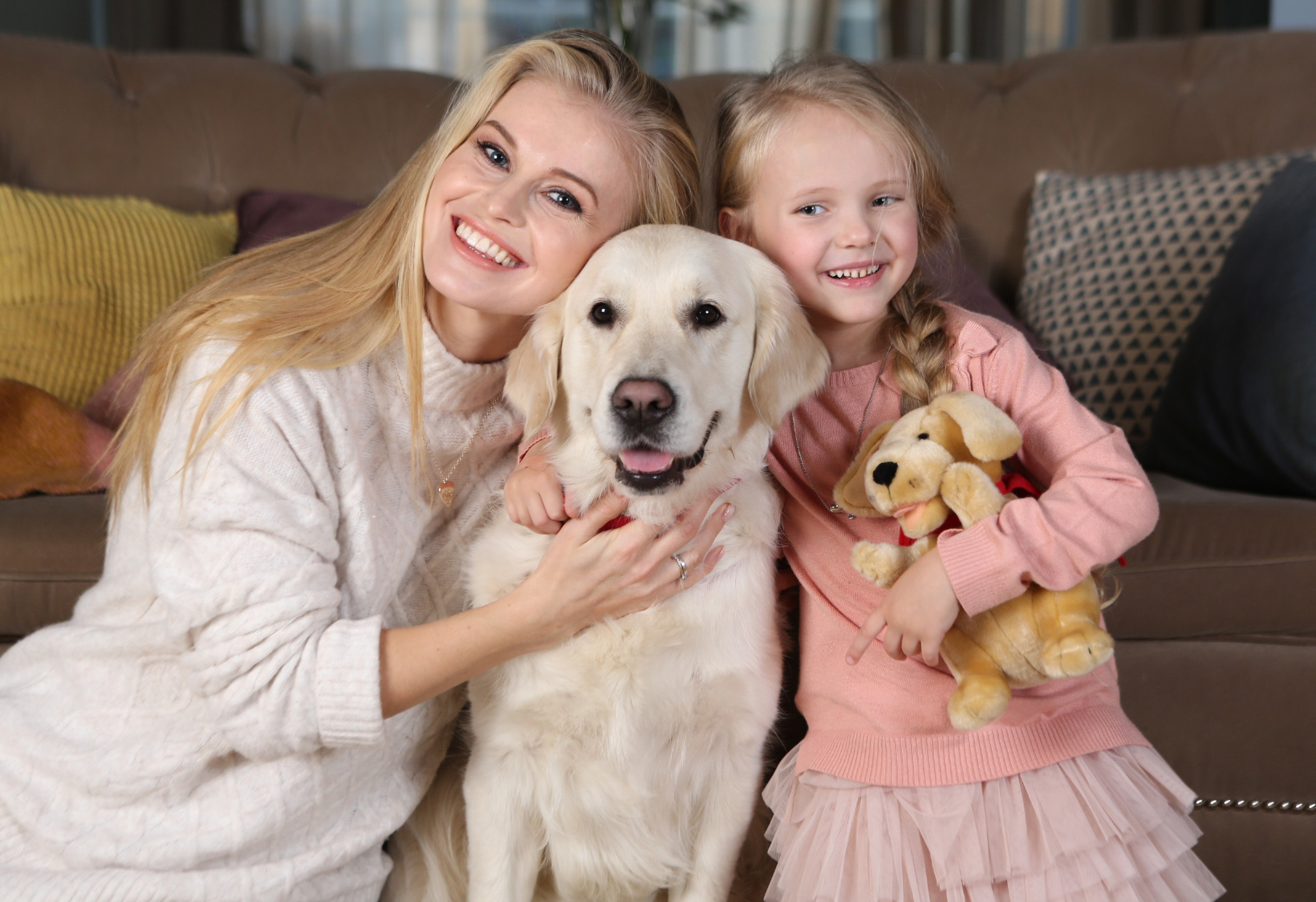
Faberlic: Why can't the family just get a dog? Wouldn't that also have an effect?
Elena Orochko: Not every dog, not even every dog of the specific breed we use (golden retrievers) has the necessary characteristics for therapy. It is important that we are able to predict how the dog will behave in any given situation. Mutts can be wonderful dogs, but they're also unpredictable. If we see that a dog has potential, a professional trainer works with the dog for 3 hours a day over the course of six months, and the actual rehabilitation with children is managed by 3 to 5 specialists: psychologists, teachers, and speech pathologists.
There are a few cases where we have trained dogs and transferred them to families, but this is an exception: at least one of the parents must be able to conduct classes and adjust the program based on the child's success– it's not enough for the dog to just live with the family. Andryusha Vladimirov's mother is a psychologist, and one of the trained retrievers is living with them now. Andryusha came to visit you, you know him well (editor's note: the Vladimirov family appeared at the 2013 Faberlic International Forum).
Tanya Lyubimova (editor's note: the director of the Sunny Dog program) uses a "mat" exercise: the child lays on four dogs– one under their head, one under their legs, and the two others on either side. In this moment, the dogs should be just like ragdolls. Our retrievers can completely relax, and they transmit this sensation to the child– he or she feels warm, comfortable, and calm. We could theoretically try to do this with untrained dogs, and somehow calm them, but their muscles would be tense, and they'd start to feel uncomfortable, stressed, and even aggressive– we wouldn't get the desired effect.
Faberlic: Did Tatyana invent this exercise herself?
Elena Orochko: Yes. All the techniques that Tanya uses are her own; there is no analogous program anywhere in the world. We know that in Poland, for example, therapy dog programs are very developed, and it's the only country in the world where such a professional field exists. Dogs go to hospitals, orphanages, and nursing homes, but it's not the same as rehabilitation as we do it: there is no system. Tatyana has been developing this program for the last 15 years, and it is constantly being improved.
Faberlic: What should a therapy dog be like?
Elena Orochko: Stable, friendly, and very brave. Children with special needs can behave unpredictably: different diagnoses come with different emotional states. Our dogs never act defensively, they are always proactive, and at the same time very gentle, careful, and obedient; they even move smoothly. The teacher uses cues to communicate with the dog (which is possible due to extended training), while the main focus is on the child.
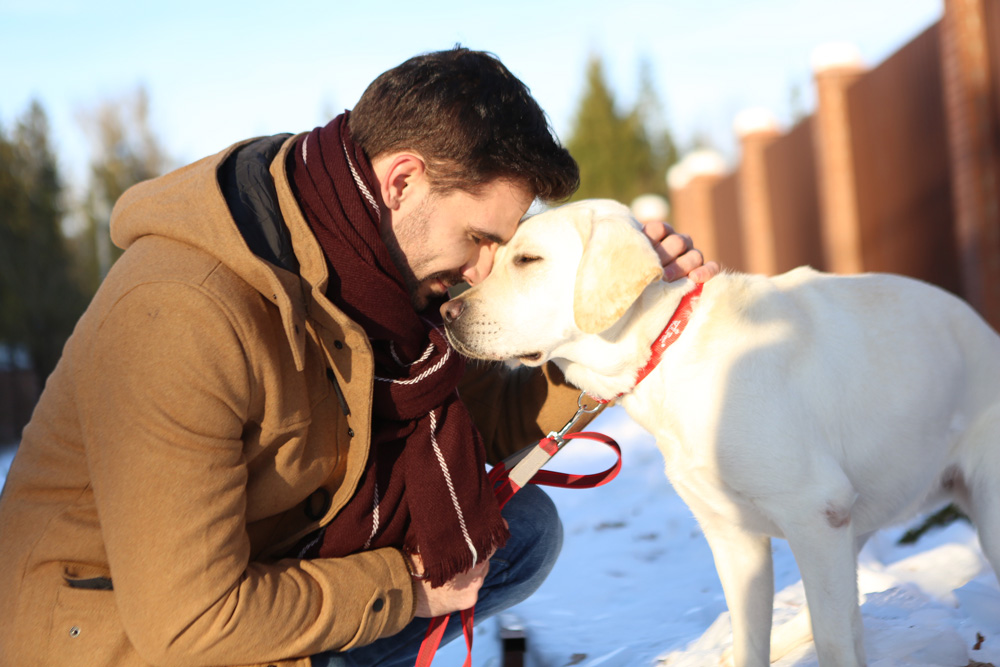
Faberlic: Does a guide dog need similar characteristics?
Elena Orochko: Yes, but most of all a guide dog has to feel comfortable in an urban environment. It can't be distracted by other dogs, by foreign smells, or by sudden noises– a guide dog is fully focused on the task and isn't afraid of anything. It's important that the dog doesn't just understand commands, but also responds to them unfailingly, even if something is in the way. People often offer to assist the blind, and the dog should react calmly to this.
Faberlic: What is the right way to help a blind person?
Elena Orochko: The first thing is to ask whether they need help, and what kind of help, for example, they often need to cross the road or get off the subway. Touch their shoulder or arm as you ask, so that the person understands you are talking to them. Don't try to lead the dog, and be sure to say what you're doing– "I'll take your hand", "let's turn left".
Faberlic: You've learned a lot about people with special needs over the course of your work. What can you tell us, maybe some advice for the readers?
Elena Orochko: Most disabled people don't want our sympathy. Accommodate them, but don't pity them, communicate as equals, let the person feel like his disabilities are irrelevant– it's beyond their control, just like the color of their eyes or hair.
Blind people are very courageous. If you want to understand what it's like, you can try this simple experiment: close your eyes and walk from a wall to a chair. An even floor, clear distance, and no cars. But it's frightening and difficult anyways! Our society lacks empathy, and we need to work on that. Many disabled people continue to live like hermits, without friends, without going outside; they are practically without communication and depend on the assistance of others. With a dog, a person can expand their borders and begin a new life. I'm sure you'd agree that no one wants to go on a date with their grandmother guiding them. A dog lets disabled people live like everyone else, and by giving them this opportunity, we're changing their destiny.
Faberlic: What needs does the foundation have right now? How will the Faberlic promotion help you?
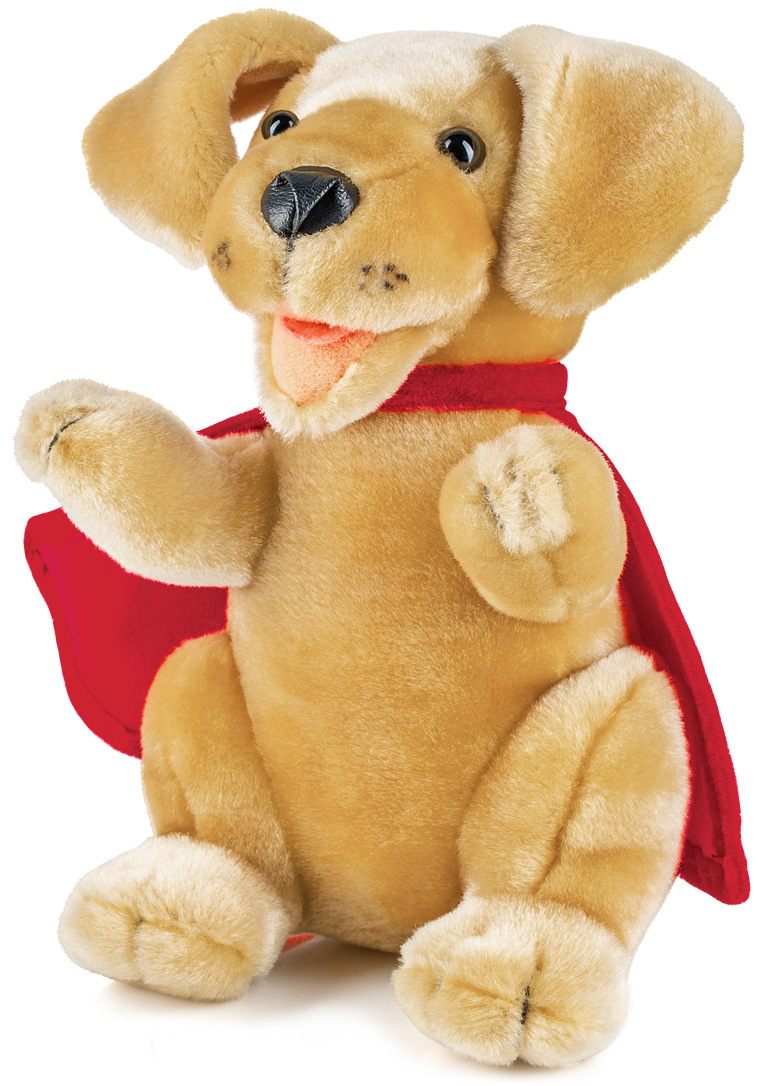 Elena Orochko: Our main costs are the training and upkeep of the dogs. The Sunny Dog program is now running at full capacity. We try not to turn anyone away, because it's important to help each child immediately so as not to lose the opportunity to do so. We need to expand the number of branches we have, hire new specialists, and train more dogs.
Elena Orochko: Our main costs are the training and upkeep of the dogs. The Sunny Dog program is now running at full capacity. We try not to turn anyone away, because it's important to help each child immediately so as not to lose the opportunity to do so. We need to expand the number of branches we have, hire new specialists, and train more dogs.
Another expenditure is rent: we need a more modern and convenient space. We can only keep 15 dogs, and can have only two blind people in class at a time. They have to wait more than a year for a guide dog.
We would also like to be able to better supervise our charges in other regions. Right now we can't afford the full support system that they have in European dog training centres.
Faberlic: How can people get involved with the foundation?
Elena Orochko: Together with Faberlic we've released a plush toy: a super-dog in a red cape, as well as 2 pendants: a heart with a pawprint and a bone (promotion is currently only valid in Russia). Most of the proceeds from sales of these items will go to the upkeep and training of guide dogs and therapy dogs. The program is designed to significantly increase the foundation's funding: the products aren't expensive, and everyone can afford to participate in the project. But at the same time, the amount that we receive from Faberlic thanks to your catalogue orders won't be any less.
You can also volunteer at the centre and raise a puppy– our dogs are raised by families until they are one year old, and from then on the trainers start working with them. You can read more information about all the different ways you can help the foundation at www.guidedogs.ru.



